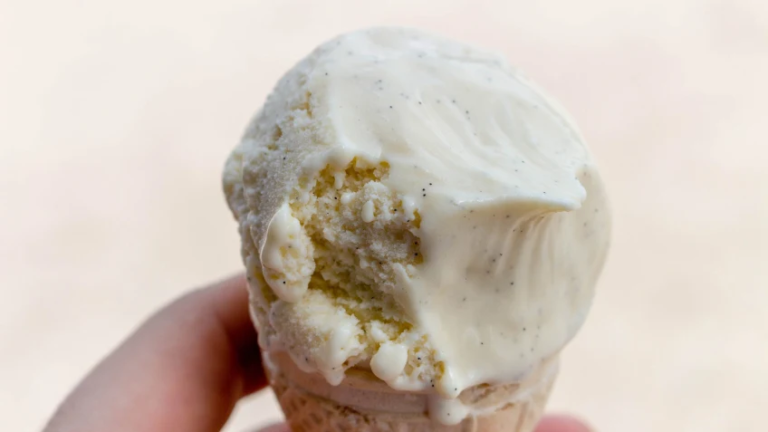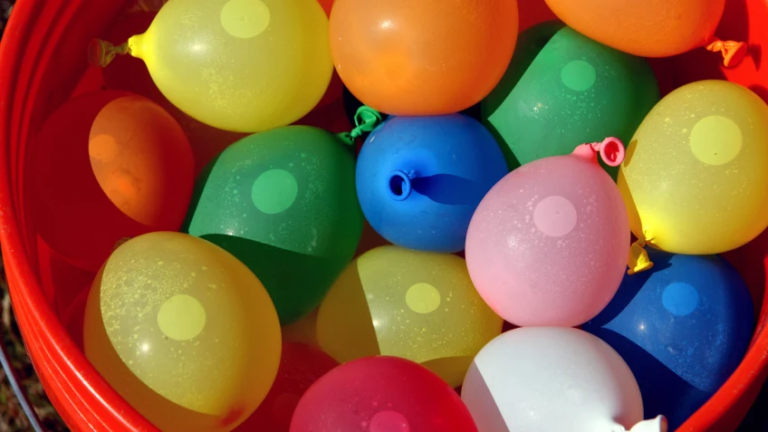Andarsey-A Forgotten Monsoon Treat
They came in cheap, gruesome pink cardboard boxes; shriveled disks, dotted with sesame seeds-an unappetizing sight that hardly merited any gastronomic yearning. Yet my Nani and gaggle of aunts, congregating for the summer break with their brood, would send fervent demands for Mumtaz Bhai’s andarsey to be sent post haste from Rampur along with the essential monsoon paraphernalia. The requirement included succulent langdas, bright green and red kacchi bangles for the married daughters and daughter in laws and hand dyed, crinkled cotton chunris for all girls. The andarsey, lovingly refried and resurrected to their juicy crispness, were served at the barsati singing sessions, watching the rains pound the brick courtyard.
The Rampuris, with their latent agrarian consciousness, engage intensely with the monsoons. There is a sub culture of romantic charbait quartet songs and monsoon fare that comes into play as the first purple, pregnant clouds congeal in the sky. Sawanis or monsoon feasts are organized in mango orchards that edge the city with swings for ladies and children, soulful barsati songs, fried treats and freshly plucked mangoes in iced buckets. Invariably there are stories and narratives of magnificent sawanis held in orchards of Benazir Palace by the Nawabs. The historical records of sawanis and monsoon feasts goes back to the time of Nawab Kalbey Ali Khan (1865-1887). The Pathans migrating from the cool climes of Swat and Roh highlands passionately rejoiced in the relief of the monsoons.
The final flourish at all monsoon feasts is the piping hot, sweet andarsey brought from the local halwai. Andarsey, the traditional monsoon sweets, are an Epicurean delight with their crunchy, reddish gold crust freckled with crisp sesame seeds and fluffy, grainy moist insides. The earthiness of rice flour is balanced with nutty flavour of the sesame seeds. It is prepared from rice flour, ghee and sugar batter shaped into flat cakes (sometimes with a hole at the center) and deep fried. The conventional cooking wisdom dictates that it should be kneaded in rainwater to make it extra spongy. Rainwater containing bicarbonates must have helped the dough to rise. So, though some halwais prepare it throughout the year, it is believed that the true masters only start off the monsoon sweet after the first monsoon showers have brought down the dust and the rainwater is pure enough.
No monsoon is complete without the delectable indulgence of Mumtaz Bhai’s andarsey. People wait for him to begin frying the sweet and declare the season open. Mumtaz Bhai, the founder of the iconic shop, is of course long dead and his grandson claims that the recipe has been handed down the generations from his ancestors who worked in the Nawab’s kitchens. The Rampuris scoff at the claim-nearly every cook professes descent from the line of Royal chefs.
Mumtaz Bhai’s shop with its grimy awning, sooty walls and faded sign is an anathema to its glorious repute. It has not expanded or modernized since its inception which, he says, dates to right after the merger of Rampur State into Indian union in 1949. There must have been a series of ‘Mumtaz Bhai’s’, at least four, since the 1950’s, in greasy kurta pajama, face glistening from the heat of the fire, briskly frying andarsey and other sweets.
The current ‘Mumtaz Bhai’ starts frying the fritters around five in the evening and the large kadhai brimming with ghee and andarsey discs, is soon surrounded by customers pulled in with the sweet aroma watching the andarsey acquire a deep golden hue. There is a directness to the experience of watching the andarsey being fried, the personalized greetings and the casualness of the newspaper packets bearing the sweets.
Lining up for andarsey is a male domain, but I cover my head with a dupatta, brave the curious stares trying to slot me and take my place in the expectant circle. I greet ‘Mumtaz Bhai’, tell him that I have heard so much about his andarsey that I had to come myself to see him make it.
He smiles, mopping his face and asks, ‘Bibi, where are you from?’
I have to cite ancestral and mohalla references since all introductions here begin from grandparents or even great grand parents.
‘Do you still use rainwater?’ I ask. ‘Journalist’ I hear someone whisper.
‘No, no. Rainwater is so dirty now. We use soda,’ Mumtaz Bhai laughs.
“The secret is our honesty. Most roadside shops fry andarsey in low quality oil which leaves an after taste. We only use ghee.’
I start munching from the greasy paper packet as soon as I get on to the rickshaw. The sweet is freckled with melon seeds rather than sesame seeds now but the flavour is sacrosanct. Or so I thought.
‘They don’t taste the same any more. There was a subtle caramel flavour that I miss.’ My mother has the most discerning taste buds and I scurry to the Raza Library in search of the missing ingredient.
Several Persian and Urdu manuscripts on Rampuri cuisine dating late nineteenth century describe the process of preparing andarsey in some detail. The rice was soaked overnight and ground to a fine paste. It was then kneaded with ghee and sugar syrupto prepare the pastry. So, the sugar cooked to a thick syrup must have contributed to the caramel taste that Mamma remembers from her childhood. One recipe advocates mixing some curds to make the dough rise. I guess soda was not easily available or used in Indian cooking at that time.
On my way back from the library, I ask a frantically busy Mumtaz Bhai Jr. about the sugar syrup. He says he just puts in powdered sugar into the rice flour with some ghee and soda powder. The rice is not soaked overnight any more since rice flour is readily available. Somewhere we abbreviated the process, changed the ingredients and forgot the essence of the dish.
‘Don’t bother. No one eats andarsey any more. Children prefer ice creams!’ says Mamma.
The antecedents of andarsey cannot be determined. It is called andarsey only in the north Indian ‘Rohilla belt’ and Pakistan. The Sufi saint, Bulley Shah’s shrine in Kasur near Lahore is famous for several types of andarsey. It is generally called anarsa or adhirasa- a traditional festival sweet prepared during Diwali all over the country. The recipe is simple and quite similar everywhere with little variations; some use jaggery instead of sugar. On Diwali it makes sense to have andarsey or anarsa because of the rice harvest but the craving for andarsey watching burst of monsoon, is a cultural response. Lucknow and Jaipur have a similar tradition of monsoon anarsa. Which raises doubts about the Rampur oral tradition that andarsey are a sweet brought in by the Pathans from Afghanistan. Maybe it was a traditional Indian harvest sweet which was incorporated into the monsoon food culture of the region.
Andarsey are rarely made at home in Rampur and we wait for our crunchy supplies from the halwais. Mumtaz Bhai Jr. started frying andarsey rather late this year because of the delayed monsoons even though the ingredients have nothing to do with the rains any more. But there is a time for everything here and pleasures of the tongue dictate an expectant wait for the fullness of time and abundant rains.
Some of my non- Rampuri Book Club friends had never heard of andarsey, so we arrange a monsoon party at Sofia’s farm. We gorge on freshly fried andarsey watching the mango pluckers shimmy up the trees to pluck the langdas plumped up and sweetened by the rains and try to sing the simple lilting charbait barsati song composed by Nawab Raza Ali Khan (1930-1949), laughing at the quaint, ever pining heroine.
‘Hai ye sawan ki ghata hirday pe chayi jaaye hai,
ae sakhi aisey samay piya bina jiya ghabraye hai..
O friend, the dark monsoon clouds gather around my tumultuous heart,
At such a time, I’m filled with longing for my beloved.’


